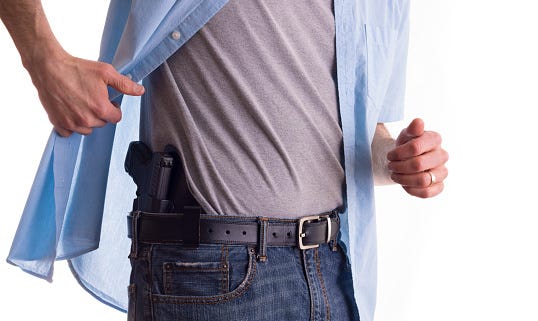A Wise 'Florida Conceal Carry' Mindset
When to go to the gun? A question you must get right.
Keep reading with a 7-day free trial
Subscribe to Florida Gun & Self-Defense to keep reading this post and get 7 days of free access to the full post archives.



